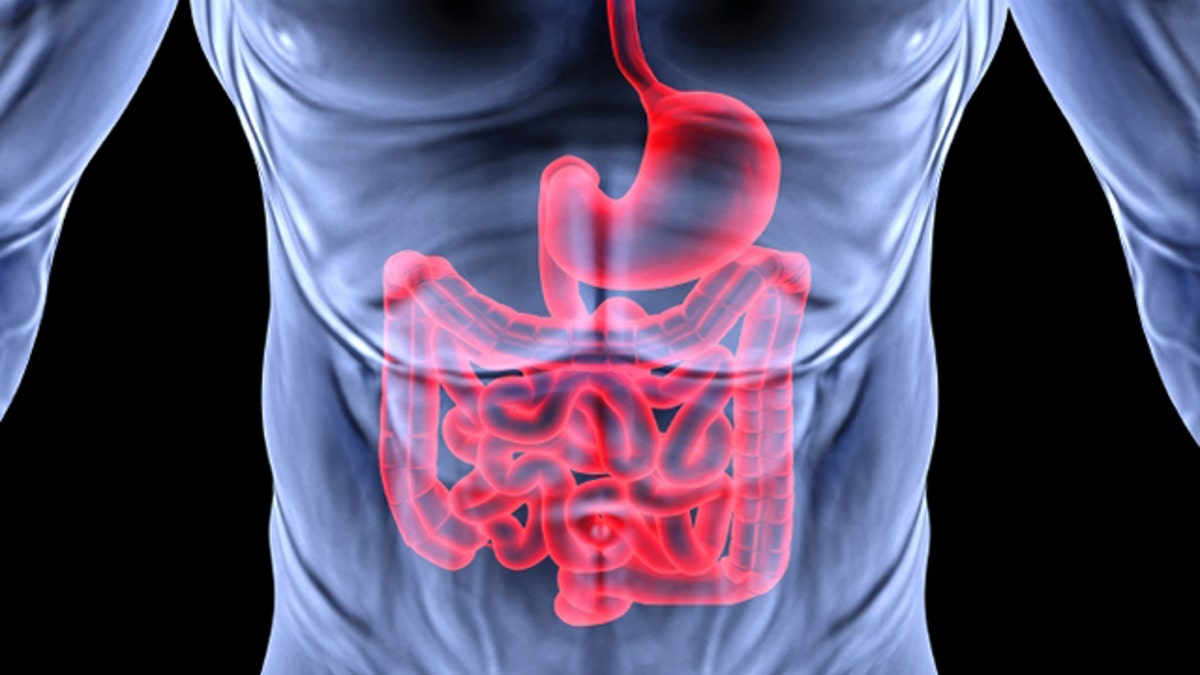
Researchers at Lenox Hill Hospital in New York have collected stool samples from healthy donors as part of a multi-center pilot study researching therapies for patients with irritable bowel syndrome (IBD).
Doctors are using the samples to understand the responses of bacteria in the microbiome— the bacteria and organisms that live in the gut— to certain therapies. Each bacterium has a specific purpose in the body, from metabolizing a certain type of fat to producing a molecule the colon uses as an energy source. By studying healthy control subjects, scientists will have a baseline for treating patients with conditions such as IBS.
Eventually, researchers hope to use their findings to create specific treatment interventions tailored to a patient’s needs.
For patients with Clostridium difficle infections (CDI) of the colon— which is notoriously difficult to treat fully with antibiotics— stool transplants have been successfully used to treat symptoms of the disease, which include watery diarrhea, fever, loss of appetite, and nausea. While it’s not a cure, the unconventional treatment provides much-needed relief for IBD patients, who are at increased susceptibility for CDI.
“We were getting blockbuster rates of cure— people with multiple treatments of antibiotics who were still getting sick chronically, all of a sudden, ‘Hey, I’m fine now,’ because… of this natural intervention,” Dr. Arun Swaminath, director of the inflammatory bowel disease program at Lenox Hill Hospital told FoxNews.com. “Most people thought, ‘oh, gross, poop,’ but the population is exhausted and open to a new idea.”
While it sounds unappealing, a stool transplant is simply the transferring of healthy microbacterium into the sick environment of a patient. Typically, a healthy donor— usually a family member— provides a fresh stool sample, which is filtered so only the liquids remain. The liquids are transferred into the patient patient’s intestine, usually through the colon.
“All the bacteria that live in our body are typically in a ‘happy state,’ where they coexist and support each other. We recreate that balance by doing [a stool transfer],” Swaminath, who is also an assistant professor of medicine at Hofstra North Shore-LIJ School of Medicine, said.
According to Swaminath, videos showing how to do at-home fecal transplants are popular, as IBD patients search for alternative treatments, but the process needs to be further studied to understand safety and, it doesn’t always work for everyone.
Getting healthy stool sample donors isn’t easy, so Lenox Hill put out the request in November to gather the 30 samples they needed. Donors were screened through a questionnaire asking about any recurrent GI complaints, medications, probiotic use, and active pregnancy to ensure they were healthy. With their exploratory study, the team hopes to get a baseline of what “healthy” gut bacteria looks like. Because stool is a mix of human cells and bacteria, researchers must isolate the bacteria to identify specific DNA fingerprints. Then, when comparing the healthy samples with those of autoimmune-compromised guts, they can observe changes over time.
The complexity of the human gut— there are 1x1014 number of bacterial cells per cubic centimeter in the colon— means the research is very much in the early stages. Swamanath noted that the Human Genome Project was finished in 2003, but the bacterial DNA sequencing took until 2012.
“[That] tells you something about the complexity, dealing with a lot more and the technology required to learn about all these things living inside of us is just coming into fruition,” he said.
It’s not just gut specialists who are studying the microbiome— Swaminath noted that it’s also being looked at for diabetes, obesity and autoimmune disease treatments.
“Everybody in every specialty is now starting to take a closer look at this,” he said.
The Lenox Hill project, which is being done completely on donated time by doctors, coordinators and patients, hopes to generate industry or government interest and funding.
“You can imagine now, there’s going to be a day when having a healthy microbiome from a business standpoint is going to be something marketable,” Swaminath said. “The old way of transferring stool from one person to another was clearly messy, unhygienic and unappealing— the next question is if I can figure out what is the relevant bacteria, put it into a pill, have you swallow it and get results.”
“The idea is, to tailor our multiple therapies we’ve got to try to figure out which is going to be the right therapy for this patient sitting in front of me,” he said. “[That is] the goal of our work.”
